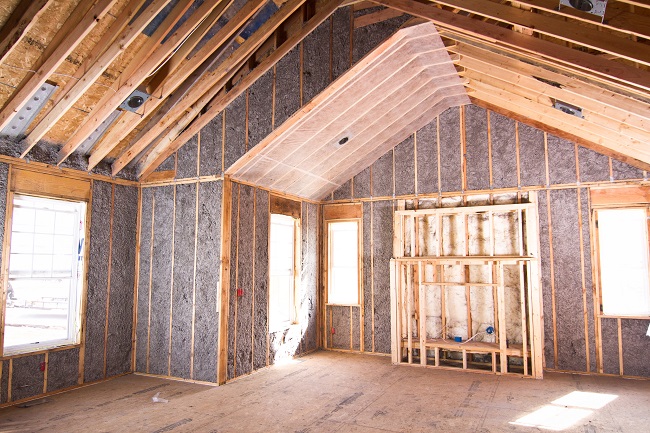Guide To Update Retrofit Wall Insulation In Old Home
If you've got an older home and a drafty attic, then it's time to consider adding some insulation. This guide will walk you through the steps of getting that project done right, from choosing what type of insulation is best for your needs to get it installed, so it lasts longer than any other part of your house.
Check Out The Options For A New Layer Of Insulation On The Outside Of Your House
If you're not ready to insulate the walls, consider adding an extra layer of insulation on the outside of your home. One option is putting up a new layer of rigid foam insulation.
Another option is replacing or supplementing existing vinyl siding with fiber cement siding that's better at preventing air leakage through gaps around windows and doors.
If you add an exterior layer of rigid foam Retrofit Wall Insulation, be sure that it's installed by experienced professionals who have been trained in safely and effectively installing this type of material safely and effectively.
If you choose to replace or supplement your old vinyl siding with fiber cement siding instead, there are two types: "face-sealed" vs "face-bonded." Face-sealed siding has an adhesive applied directly onto its surface; face-bonded is installed over existing sheathing (such as plywood) before being attached directly onto studs using nails or screws into each stud's framing member.

Think Through the Details Of The Project, Including Who Will Do What
- What Type of Home Insurance Do You Have?
If you have a home insurance policy, check and see if it offers a retrofit insulation program. These programs can help cover the cost of installing new insulation in your attic or crawlspace. If your insurance company doesn't offer this service, check with other insurers that might.
- How Much Insulation Do I Need?
Knowing how much insulation is recommended for your particular house is important before deciding on a retrofit option for your old home.
This will help ensure that the amount of money spent on this project will be worth it in terms of energy savings over time and reduced CO2 emissions.
The EPA suggests homeowners use an online tool called Energy Star's Home Remodeling Calculator to determine how much area needs insulating and what kind of materials would work best for their house (if any).
Also, consider whether or not there are any structural issues with part or all of the exterior walls being insulated; if so, hiring professionals may be necessary so as not to damage anything during the installation process!
Follow All Safety Precautions While Working With Insulation
While you're working with insulation and other materials, it's important to follow all safety precautions. Wear protective clothing that covers your arms and legs and a dust mask, gloves, and safety glasses.
Wet down the insulation with water so that dust particles don't get into the air and make you sick. Before beginning work on a project like this one, check in with your local fire department or building inspector to ensure that they are willing to supervise your efforts while they take place.
Conclusion
If you’re thinking about a retrofit wall insulation project, consider all the options. A new layer of insulation on the outside of your house can save energy and money and help protect against moisture damage over time.
Think through how this might affect your home or business before beginning work so that you can make smart choices as you move forward with your plans!



Comments
Post a Comment